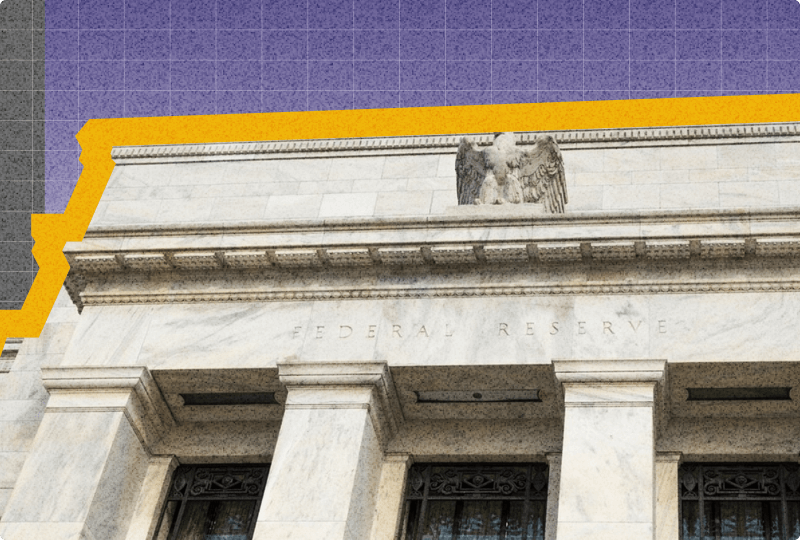The Expense of Crypto Trading Will Increase When Banks Options Reduce.
Mar 14, 2023

The continued disappearance of banking opportunities for cryptocurrencies may not collapse the industry. But in the short term, token traders will likely face rising costs and market inefficiencies while companies try to reconnect with the traditional financial system.
This year, digital asset companies have already struggled to maintain their banking relationships under heavy regulation. Then, in less than a week, the three banks most willing to work with the industry - Silvergate Capital, SVB Financial Group, and Signature Bank - stopped their operations or announced they were going to do so.
Some crypto traders were immediately concerned about what would happen to their own money stored on platforms like the one operated by Coinbase Global if one of their partner banks collapsed. As of March, Coinbase said that Signature bank was among the banks holding its customer's funds.
As such, Coinbase states that customers have some protections in place.
Coinbase claims that it arranges deposits so consumers receive passive protection from the Federal Deposit Insurance Corporation of up to $250,000 if one of its banks collapses. Coinbase or other exchanges providing such services must maintain correct ownership records that pass FDIC scrutiny for deposits to qualify for such protection. And according to experts, customers can't be sure that they are protected until the bank actually collapses.
According to a Coinbase representative who cited a Sunday night tweet from the company in support of their statement, the heart of their business is prudent risk management. They frequently assess counterparty risks in-depth and keep backup procedures in place.
Coinbase claims to be using JPMorgan Chase, Cross River Bank in New Jersey, Pathward Financial in Sioux Falls, South Dakota, and Signature to smooth things over. And certain stablecoin businesses claim to provide passthrough protection to some token holders, such as Gemini Trust Co., which publishes GUSD.
Crypto traders will probably see a return of increased costs, poor liquidity, and market inefficiencies while crypto businesses attempt to re-integrate with the financial system rather than lose any money all at once.
Over the weekend, for example, Bitcoin traded at a consistently higher price on the Gemini exchange than on other trading platforms noted Dave Weissberger, who heads market data company CoinRoutes. As recently as a month ago, market makers and other traders could quickly address that discrepancy, but not now.
Although banks often can't process certain types of money transfers after hours, Silvergate and Signature ran widely used 24-hour networks to transfer funds between their customers, including major cryptocurrency exchanges. But today, these networks have ceased to exist, and it has become more difficult for traders to bridge the gap.
By keeping a similar quantity of conventional assets, such as bank deposits and Treasury securities, in reserve, stablecoins attempt to preserve their peg. The similar reliance on banks contributed to the stablecoin USDC losing its weekend peg at one dollar. When USDC issuer Circle Internet Finance said $3.3 billion was locked up at Silicon Valley Bank, some traders panicked and caused USDC to suffer.
Yet, equally as significant to the de-pegging was the fact that several businesses found it challenging to handle dollar-to-USDC conversions while banks were closed.
"During periods of heightened activity, conversions rely on USD transfers from the banks that clear during normal banking hours," Coinbase said late Friday. The firm began to process conversions again on Monday.
Throughout the weekend, a few crypto executives exchanged lists of banks still accepting crypto clients.
According to Circle, one of these banks, Cross River, has taken on certain banking services.
Notwithstanding the haste with which crypto startups have talked about eschewing the banking sector, the industry, responsible innovators, and others need one another, said Circle Chief Strategy Officer Dante Disparte on the FinTech Beat podcast on Monday.
According to a research note released on Thursday by Needham analyst John Todaro, banks still conducting business with cryptocurrency companies include Cross River, Western Alliance, Customers Bancorp, JPMorgan Chase, and Bank of New York Mellon.
According to Todaro, the recent closures have also increased the crypto business' interest in creating so-called decentralized financial applications to transport money instead of using banks.
However, it will likely take years for such DeFi fantasies to materialize fully. But for now, it is clear that crypto businesses need banks more than banks need cryptocurrencies.




